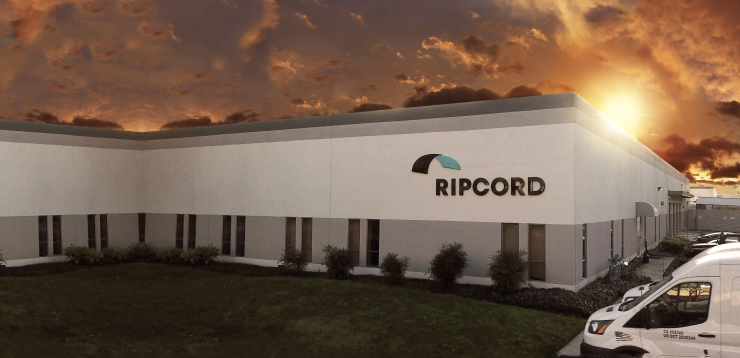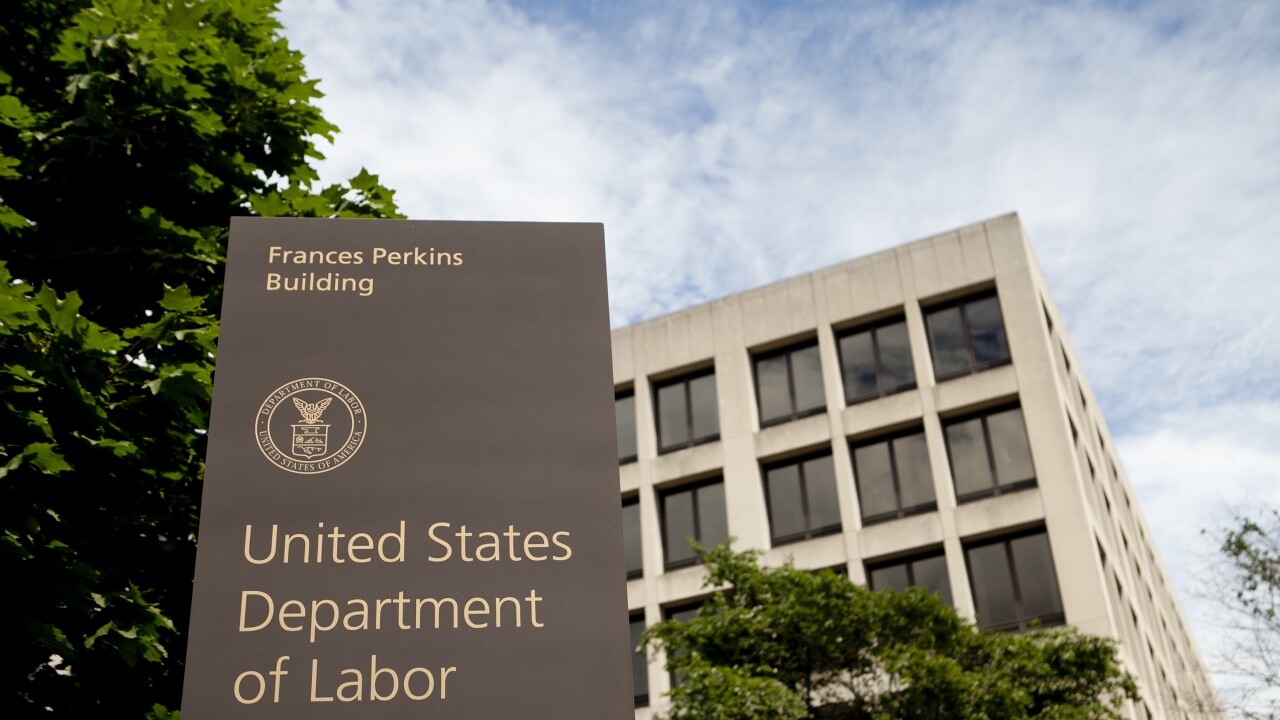The Internal Revenue Service has contracted with Ripcord, a startup company that does robotic digitization of documents and records, to pilot test a program to digitize filings of Form 709, which is used for reporting asset transfers that may be subject to federal gift tax and generation-skipping transfer taxes.
The IRS and the Hayward, California-based company have advanced to the second phase of a new Pilot IRS Solution Challenge, where they will complete a six-month program to securely digitize tax Form 709. In collaboration with the Enterprise Digitalization and Case Management Office (EDCMO), the Pilot IRS Solution Challenge aims to improve the IRS’s use of data to reduce manual processes and reliance on paper as the IRS deals with a backlog of millions of unprocessed tax returns from last year.
“It’s phase two,” said Ripcord CEO Sam Fahmy. “We already went through phase one in the past couple of months. Initially it’s with this one tax form. Ultimately our vision is we see a future where the IRS is fully digitized, form by form, year by year.”

The Pilot IRS Solution Challenge supports the IRS’s own Digitalization Strategy goals to reduce paper volume, increase access to digital data, and prepare the IRS to manage digital data. The IRS has been working to improve its technology with funds from the Taxpayer First Act. The new pilot program is expected to help the IRS get more efficient access to digitized records like the Form 709 and the related metadata while improving cybersecurity and data privacy.
The IRS describes Pilot IRS as an iterative procurement technique focused on outcomes that allows the agency to test new technologies on faster timelines. If a solution fails to meet expectations, then it won't proceed to the next phase of funding.
“This for us is a small step in a whole process of digitization,” said Fahmy. “It’s really two parts: One is from paper to digital, which is part of what we do. Even this year, there’s somewhere between 20 to 30 million filings still in paper. That’s part of it. But the other part is really the intelligent extraction, classification and verification of data within documents. That’s really where we excel, using machine-learning models, etc., to do just that. Our vision is to start with this one form, the asset transfer form, and then over time we hope to be a big part of the entire digitization of more and more of the entire tax-filing system.”
At this point, the contract only covers the Form 709. Fahmy isn’t certain which forms would be next for the IRS to tackle. “It’s really up to them,” he said. “I’m not an accountant by training, but a number of these forms require more than just the extraction aspect. It’s about going back to historical tax filings and validating the data or matching or comparing different asset values. It’s probably more forms that entail that type of work.”
Last week, National Taxpayer Advocate Erin Collins issued a directive urging the IRS to finally begin implementing widely used scanner technology such as barcoding and optical character recognition to help cut down on its huge paper backlog (
The absence of such technology may be surprising for the IRS, but the agency is still using some legacy technology that dates back to the 1960s during the Kennedy administration.
“This for sure is an important step in that journey,” said Fahmy. “If you think about it, part of not just the IRS, but many organizations’ reluctance to modernize when there’s so much historical data and documents is because modernization and automation are oftentimes very disruptive to existing systems, processes and staff.”
He said his company’s technology would fit in with an organization’s existing technology and automatically add the machine learning capabilities without requiring extra training. “We don’t require that our customers, in this case, the IRS staff or technology team, be trained on Ripcord,” said Fahmy. “We can be completely unobtrusive. It’s modernized, in place, so they can make significant progress without having to disrupt their existing system.”
The technology may ultimately help the IRS spot inconsistencies in the filings and uncover errors or even possible tax fraud.
“Let’s say one year someone claimed a certain asset at a certain amount and let’s say there’s depreciation,” said Fahmy. “But next year, it’s very different than the prior year. Or comparing it across different asset classes. This gets into the subject matter experts of an organization, but definitely machine learning and AI allows for that.”
The inconsistencies might then be passed along to an IRS examiner to take a closer look at the forms.
“Ultimately, the whole notion of audit is borne out of inaccuracy and the need to test whether fraud or miscalculation exists,” said Fahmy. “But in a highly automated system, it removes inaccuracies and data entry errors and it’s able to instantly spot and hopefully remedy these inaccuracies. Instead of having to wait months and months and get a letter from the IRS that there's an audit, just imagine a world where right on the spot, you say, ‘Hey, we spotted an accuracy. Are you sure this is the amount of income you’re claiming? Or are you sure this is the right amount of the asset?’ That’s ultimately what this technology allows us to do.”
Ripcord is a relatively small company in Silicon Valley, but it has received over $117 million in funding since 2014, according to Crunchbase. Its backers include some of the largest venture capital firms, such as Kleiner Perkins, Google Ventures, Icon Ventures, Baidu, Lux Capital, Legend Star, Silicon Valley Bank and Apple co-founder Steve Wozniak.
“We’re the beneficiary of the federal government and the IRS being open to dealing with smaller companies,” said Fahmy. “Look, we’re not IBM or Microsoft. Historically, it has been dealing with very large IT companies, which makes it more cumbersome because these are companies with legacy technologies. They require quite a huge engagement. By opening up to working with smaller companies, highly innovative companies, in our case out of Silicon Valley, to solve these problems iteratively versus trying to solve all the problems at once, that makes progress so much faster.”
The IRS, like other federal contractors, needed to enter into a bidding process against competing companies. “It was quite stringent, in terms of security, in terms of business requirements and a number of other factors,” said Fahmy. “We had to compete hard for that. For us, this is not just a piece of business. For us, this is helping our nation, this beautiful country of ours, serve its people and the taxpayers better. Our vision is just like you can order an Uber and get it paid and get all the transactions processed in less than a minute, so that with taxes, that becomes a standard. It’s an honor for us to be even involved in this, and we look forward to helping toward that path.”





